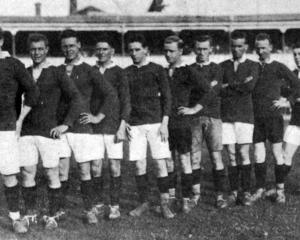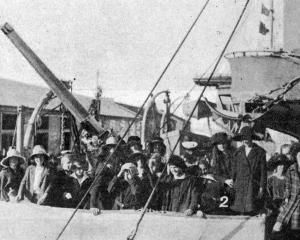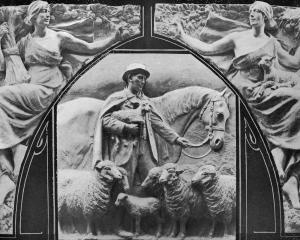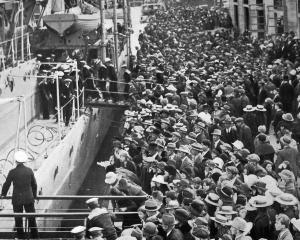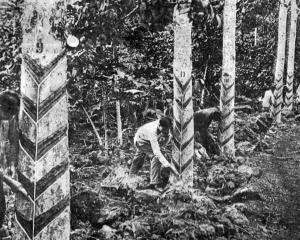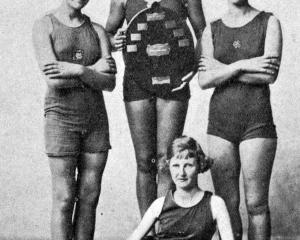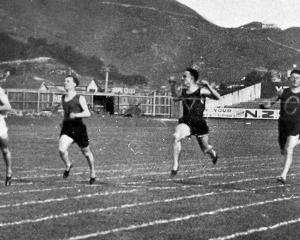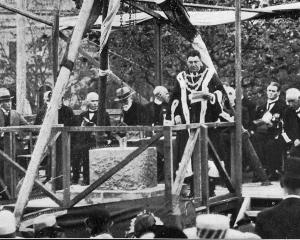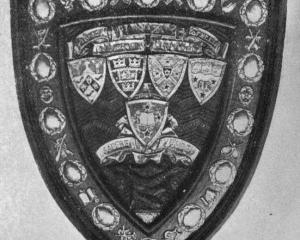The rider and ''passenger observer'' in the sidecar were delayed between Christchurch and Timaru with tyre mishaps, which were difficult to overcome owing to the darkness at the time.
They left Christchurch at 11.2 p.m. on Saturday, and had a good trip, with the exception of the trifling delay mentioned.
On arrival at Dunedin the engine of the cycle had completed 1156 miles without a stop, even when the tyre trouble was met with.
The motorists, after a hasty meal, left at 11.25 a.m. for Christchurch, where they were expected to arrive at 11 p.m., and to proceed immediately to Akaroa and back to Christchurch, where they are due at 7 a.m. to-day.
The machine will, on arrival, be despatched to Hanmer.
The party is due to return to Christchurch from Hanmer at 6 p.m. to-day, when, provided everything has been progressing satisfactorily since yesterday, the motor cycle will have negotiated a distance of 1600 miles in 80 hours, during which the engine had not stopped running.
Up to yesterday morning the most tedious part of the extensive journey had been the trip from Dunedin to Christchurch on Friday, when many of the creeks which had to be crossed were running high.
The interest being taken in the trial at Dunedin was manifested by the attendance of about 100 people at the premises of Messrs Cooke, Howlison, and Co. yesterday morning, when what was considered to be an important part of the test was completed.
The riders were hearty and well, although it was natural that they should appear a little weather beaten, they were quite enjoying what must constitute an interesting experiment or feat in motor cycle annals.
• An example of what is probably the explanation of many of the ''mysterious fires'' which occur was illustrated by an incident which happened at Christchurch on Wednesday in the office of Mr A. J. C. Talbot (superintendent of the Telegraph Department).
An ordinary water bottle of white glass, which was standing on a table in Mr Talbot's room, in the full glare of the sunshine, acted as a powerful burning glass, focussing the rays of the sun on the table, which was covered with varnished American cloth.
Mr Talbot's attention was drawn by a smell of burning material, and he saw smoke rising from the scorched surface of the table.
He was struck with the possibilities of the occurrence, and called a number of others into the room to see the effect the glass had produced.
He then made a few experiments with pieces of blotting paper, and found that once the bottle had been focussed on to the paper it began to scorch furiously in less than a minute, and after a time the room was half full of smoke.
• The inspecting staff of the Wellington Education Board object to the universal use of the words ''get'' and ''got'' by the young New Zealander.
The annual report on the Wellington schools for 1914 contains the following:- ''The vocabulary of the average pupil is still more restricted than might reasonably be expected from the amount of general reading which is done nowadays. This poverty of vocabulary is to blame for such faults as the misuse of the unfortunate words 'get' and 'got'.''
- ODT, 5.4.1915.
• COPIES OF PICTURE AVAILABLE FROM ODT FRONT OFFICE, LOWER STUART ST, OR WWW.OTAGOIMAGES.CO.NZ

